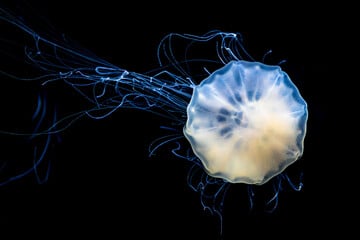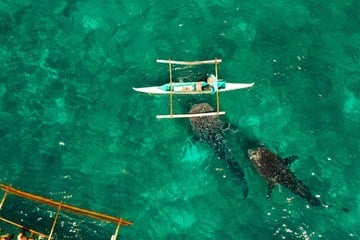What is the largest bee in the world?
There are some insanely big bugs out there, whether they're wasps, butterflies, beetles, or the humble bumble bee. What is the biggest bee in the world, how big is it, and what do you need to know?
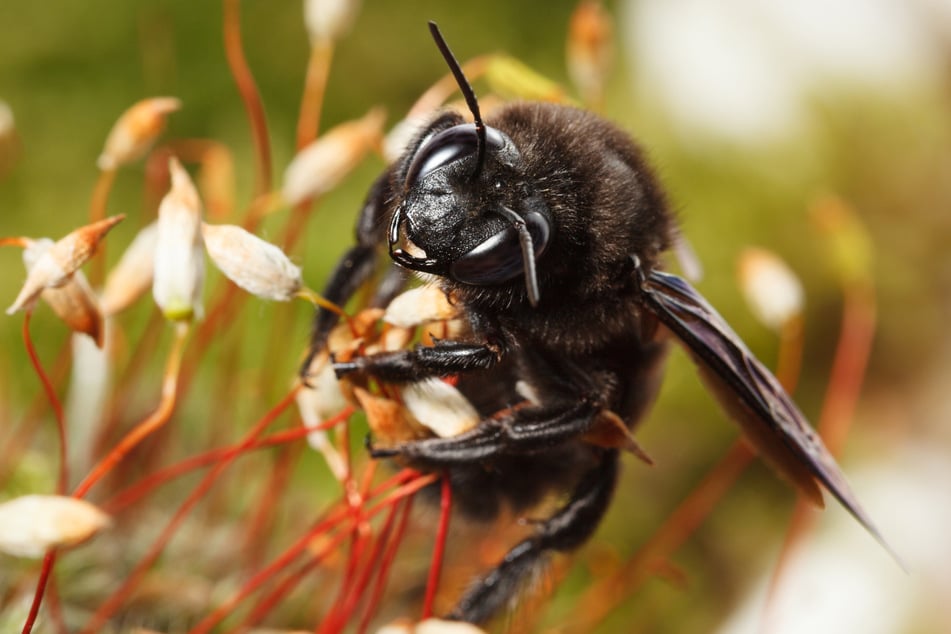
Buzz buzz!
Few bugs are cuter and more cuddly-looking than the bumble bee, with its tufts of pollen-clinging hair, its adorable stripes, and its chubby little body.
The bee species we're here to talk about today, though, is far from the cute little dudes we're all used to - in fact, this is the beefiest bee of them all!
So, what is the largest bee in the world? We take a look at the animal record holder for the world's biggest bee. How big is it, why is is it so big, and what do you need to know about it? Let's get the buzz!
What is the world's largest bee?
The biggest bee in the world is called the Megachile Pluto, is native to Indonesia, and is on the brink of extinction. These creatures are some of the most fascinating and rare in the world, with huge bulbous bodies that lack that fur and stripes you expect from your average bumble bee.
Also known as the Wallace Giant Bee, the Megachile Pluto has a dark black body with shiny brown wings and a formidable stinger. Its mandibles (the two sharp pincers that make up it mouth) are particularly noticeable, making this creature not only the biggest bee in the world, but one of the most frightening to look at as well.
Here are some of the key characteristics of the Megachile Pluto:
- Name: Megachile Pluto / Wallace's Giant Bee
- Discovery: The largest bee in the world was discovered in 1859 by Alfred Russel Wallace, which is why its alternative name is "Wallace's Giant Bee."
- Habitat: It is generally found in the northern Moluccas, especially in the Bacan Islands in Indonesia's east.
- Behavior: The Megachile Pluto often makes its hives in termite nests, as well as on trees and in various other locations.
- Conservation status: The Megachile Pluto is considered extremely endangered and for a long time, was thought to be extinct.
Megachile Pluto's are some of the rarest creatures on planet Earth, and were thought to be extinct for 38 years until they were rediscovered in 2019 (they were last sighted in 1981). This was the first time that a live female had ever been filmed, and meant that research could begin on how to conserve these extraordinary creatures.
These huge bees are often compared to the Asian Giant Hornet, but it's important to understand that they are two distinct species that are completely unrelated, despite their size and the fact that they're both insects.
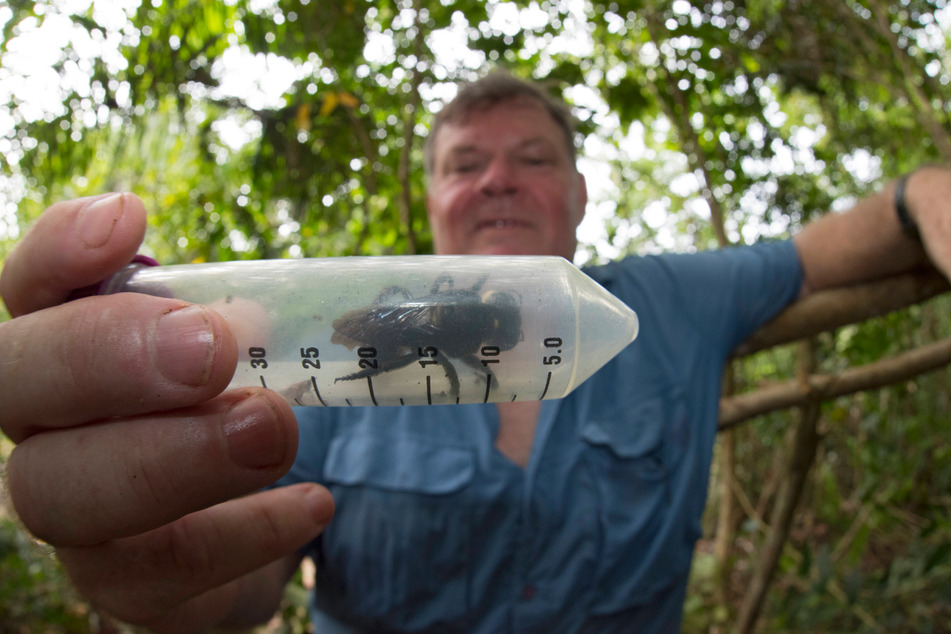
How big is the biggest bee in the world?
The Megachile Pluto is the biggest bee in the world, sometimes reaching a remarkable 1.5 inches in length, with a wingspan of around 2.5-3 inches. To contextualize that size, imagine that its body is about the length of a power socket while its wings are about as wide as a closed wallet. You've gotta admit - that's pretty massive!
When compared to the standard honey bee that you'll find across most of the United States, this is a creature that comes in at three times the length. They are also significantly heavier, by around the same margin, with bodies that are often almost the same size as a fully-grown man's thumb.
While they are bees, meaning that they won't attack unless provoked (unlike those pesky wasps), you still don't want to get stung. These creatures have enormous stingers that can be quite dangerous in certain circumstances.
Important: If you somehow get stung by a Megachile Pluto (which seems unlikely), or indeed any other type of bee or wasp, follow our step-by-step guide to treating wasp stings to help reduce the swelling and pain, and mitigate the risks.
Megachile Pluto vs. Asian giant hornet
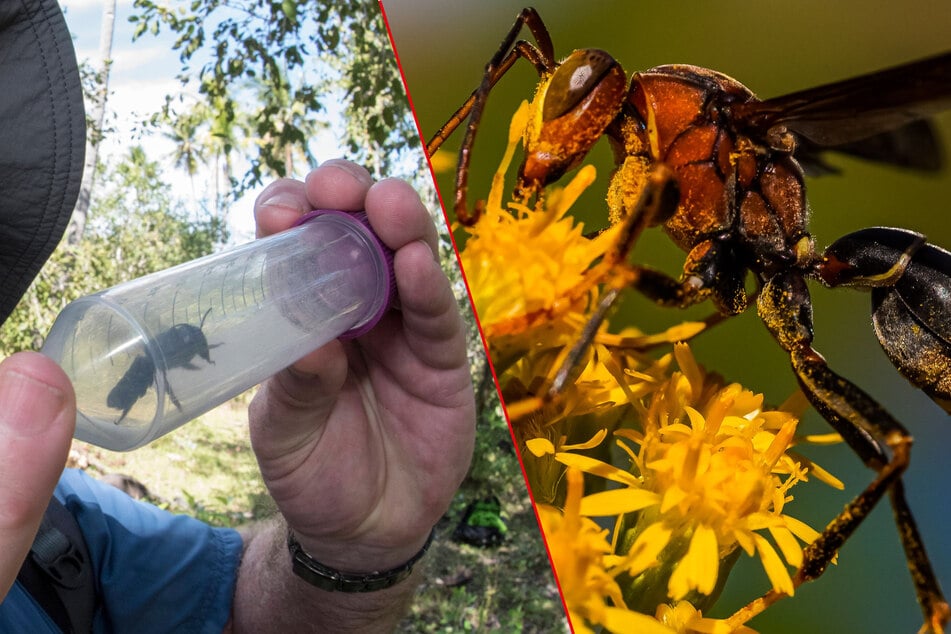
We wouldn't be surprised if you'd want to compare the biggest bee in the world to the biggest hornet in the world. After all, they both "buzz" and they both pack a sting that'd launch even the toughest onto the ground in tears. The problem, though, is that they're not really comparable.
For starters, Asian giant hornets are far more common than the Megachile Pluto, and exist right across east and southeast Asia. The former have also been found in the United States and Canada, where they risk destroying local bee populations if left unchecked (luckily, efforts to reduce their populations seem to be working).
Probably the biggest differentiating factor between them, though, is that while Asian Giant Hornets are big mean killing machines, the Megachile Pluto is a relatively docile creature. Unlike the hornets, which attack and destroy whole colonies of bees and are extremely dangerous to people and animals alike, the world's largest bee would pose basically no threat at all even if its populations were higher.
It's never the best idea to compare two species that are more or less nothing alike. Sure, bees and wasps often get lumped into the same category, as do hornets, but they're different creatures. Most of us would probably rather encounter bee over a hornet any day of the week.
The largest bee ever, the Megachile Pluto, is truly extraordinary!
It's a miracle that an insect this size can even leave the ground, so it's no surprise that the Megachile Pluto is so brutally endangered. These creatures might not have the adorable look of your average honey bee, but they are incredibly interesting and, with a little bit of conservation work, will hopefully survive their woeful situation.
All this being said, you probably don't want to be stung by the biggest bee in the world. Then again, if you did, perhaps you could be awarded a Guinness World Record for the world's biggest bee sing? We wouldn't recommend trying.
Cover photo: 123RF/Anest

